Rebuilding with contact sheets
Creating photographic connection - assembling contact sheets
A good 290 years ago, the city of Ekaterinburg was founded in the Russian Urals, not far from Nevyansk, by Georg Wilhelm Henning, a native of Siegen, and his associate Wassili Nikititsch Tatischtschew. These foundations were connected to the development of the coal and steel industry, which Henning established in the Urals at the behest of Tsar Peter I. This connection between the two regions, characterised by iron and steel industry, was completely forgotten in this country. This changed when the Metenkov House, the Yekaterinburg History Museum with its large photography department, approached the Siegen-based photo artist. He was commissioned to create a photographic connection between the two cities and regions.
A new perspective at the industrial architecture of Nevyansk through contact sheets
Those interested in art are familiar with Kellner's fine art photography: His version of the building in Nevyansk, which is composed of several contact sheets, provides a completely new, shimmering view of the depicted object by playing with perspective. Initially, the compositions of his fine art photography were built up as photographic montages on a negative of contact sheets. Since 1997, the fine art photographer Thomas Kellner has been using printed contact sheets instead of material collages for his touched fine art photography montages. After developing the contact sheets, the photography artist from Siegen cuts them into strips of equal length and assembles them into one large negative. Kellner's signature is unmistakable in the entire "Genius Loci" exhibition. It is photographed and restaged in his own way. He has brought into the picture what Germany and Russia have in common, not only in Nevyansk: The processing of steel and metal as well as the architectural construction of the steel industry. In an artistic and photographic way, Kellner deals with two important economic areas and thus recalls the connection between Siegen and the Urals.
Like other historical buildings, the building in Nevjansk experiences a rebirth in Kellner's fine art photography: Deconstructed into its details, as if broken down into its bricks, it is rebuilding itself out of contact sheets piece by piece into a new, modern art object. All this happens before our eyes. The architectural feature of the tower typical for Nevyansk, its slant, is both retouched and emphasised by the montage. He shows us with his contact sheets a completely new view of industrial architecture, which is usually perceived as purely functional. The fascination for the area around Nevyansk is thus pointed out in the spirit of the times and the magic of the building is revived.
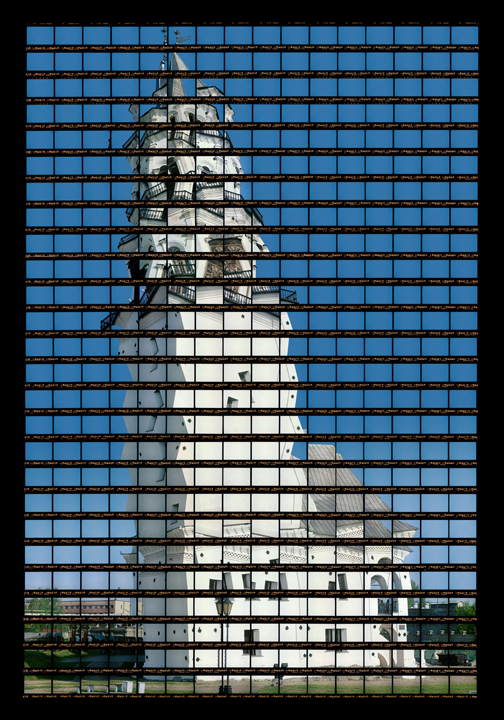
The history of Nevyansk in a montage of contact sheets
57.5 metres high, the great construct in Nevyansk winds its way up into the sky with its winding staircase. Around 1730, the symbol of the villiage of Nevyansk was built by the well-known industrialist in the Urals, Akinfi Demidov. The plan for the construction had been drawn up earlier by his father Nikita Demidov. However, he failed because of the drifting ground under the foundation, which is most likely also the reason for its present inclination: The top of the tower currently deviates from a right angle by 1.85 metres. Even today, the building in Nevyansk is considered one of the most mysterious monuments of architecture. The supporting structure, made of iron products manufactured in the Nevyansk region, is incredibly advanced for the time. It reaches up to the tower roof, which is crowned with an unique English clock, a weather vane and a gilded sphere with prongs. This served as a lightning rod, long before this principle was published by Benjamin Franklin in 1752. Various legends have always circled around the use of the Nevyansk tower: It is assumed that it served the function of a watchtower, but also that it housed a chemical laboratory designed by the architect. Today, the building in Nevyansk houses a history museum. It is about the settlement of the area by Russian immigrants and Ural blast furnace metallurgy. The monument is thus the only monument to industrial architecture in the Urals. Through the fine art photography montage of contact sheets it takes on a reformulated meaning.
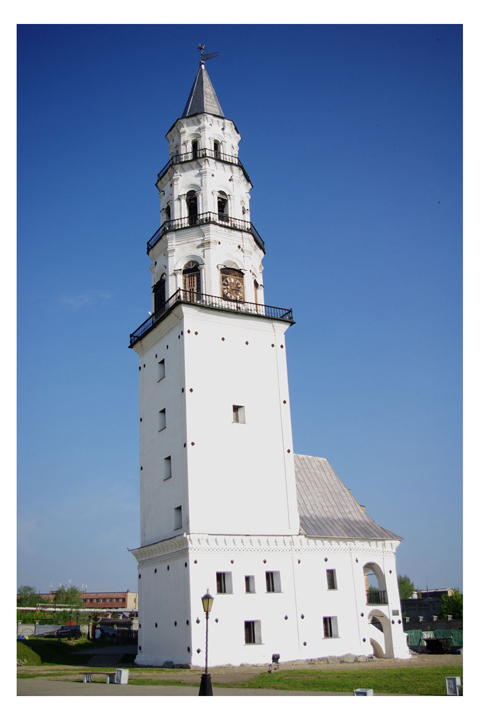
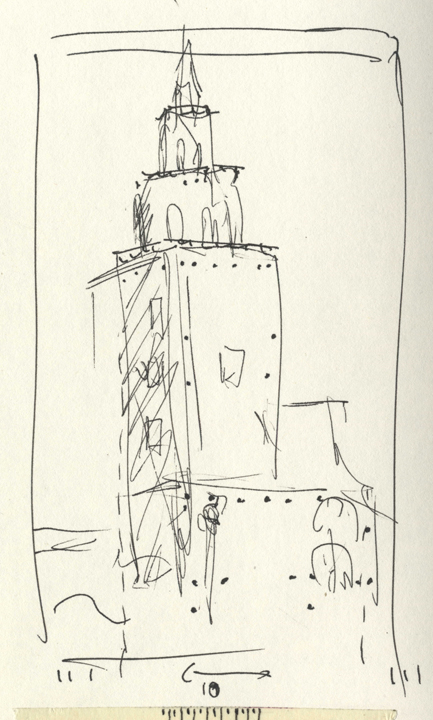
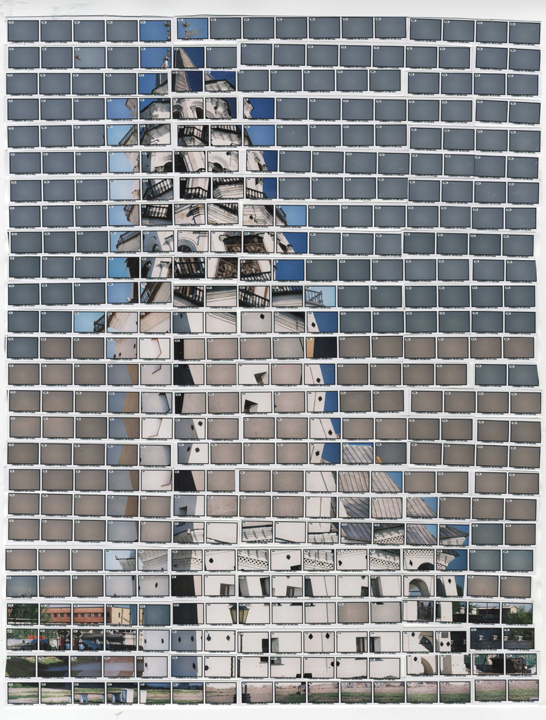
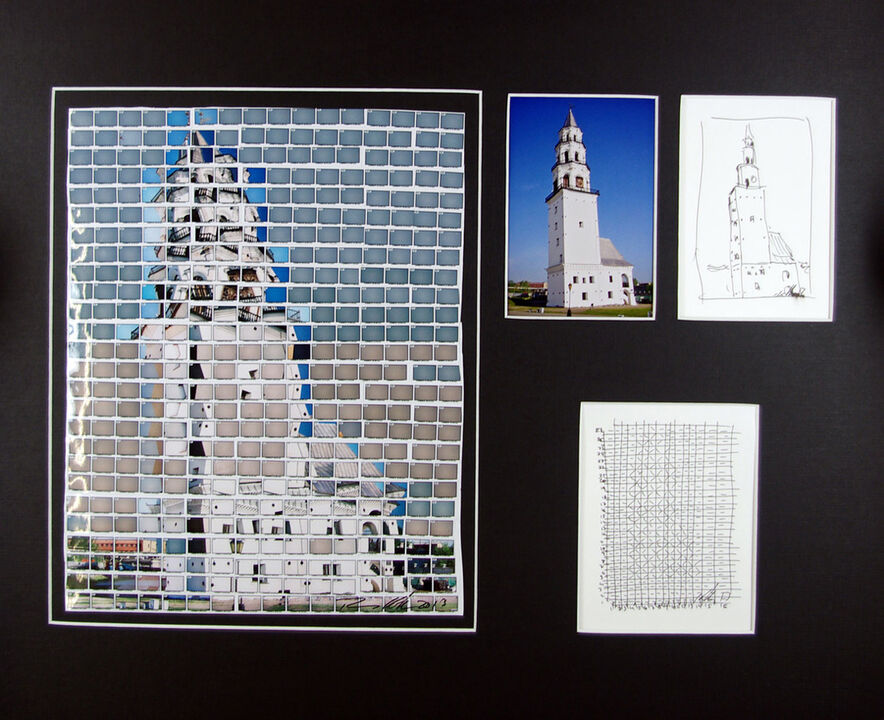
Publications
Kellner, Thomas, ed. 2013. Thomas Kellner: Genius Loci - Zwei Siegener Im Zarenland. Lüdenscheid, Berlin: Seltmann+Söhne.
Metenkov House Museum of Photography, ed. 2014. Thomas Kellner: Genius Loci. Yekaterinburg.
I hope you liked this useful information about Russia and my contact sheets.








